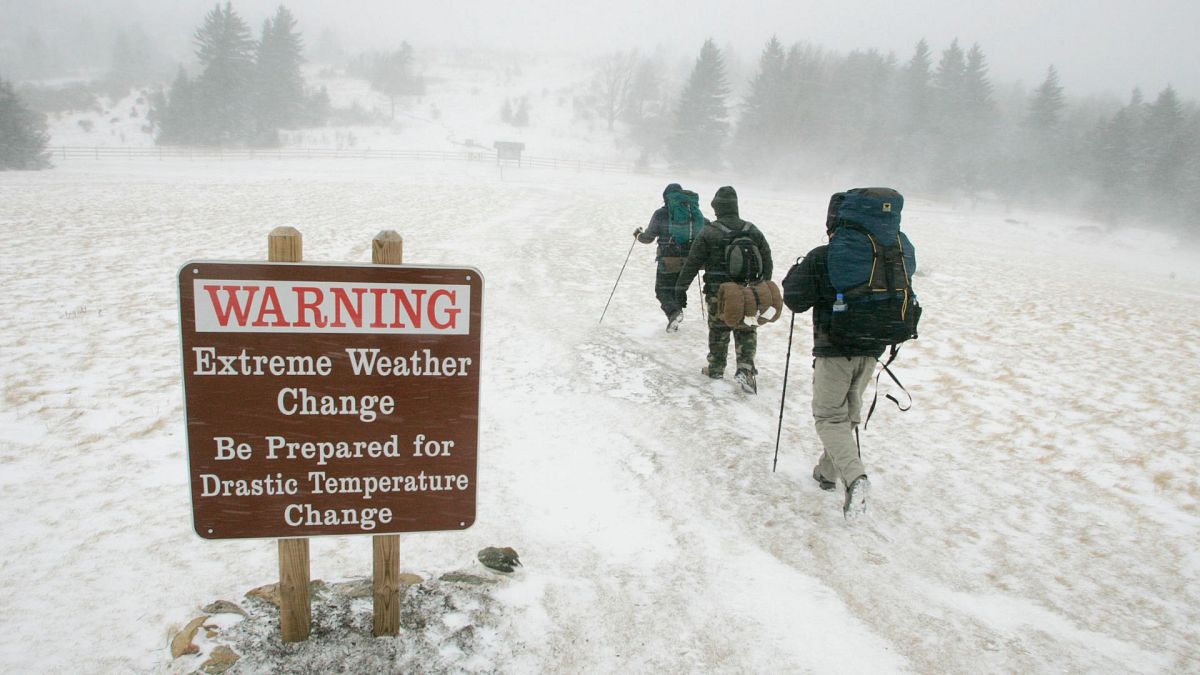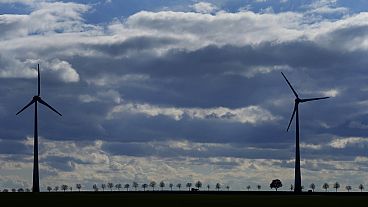The United Nations releases an annual economic report and the climate crisis features heavily in this year's edition.
The United Nations has issued its predictions for 2024, saying there will be increasing climate disasters, high food prices and more extreme weather.
The flagship annual report looks at how the world's economies are likely to do this year. This year's lays out how the climate crisis, as the report calls it, is exacerbating an already gloomy economic outlook.
“The unfolding climate crisis and extreme weather events will undermine agricultural output and tourism, while geopolitical instability will continue to adversely impact several subregions … especially the Sahel and North Africa,” the World Economic Situation and Prospects 2024 report says.
In his foreword to the report, UN Secretary-General Antonio Guterres, known to be a bold advocate for climate action, says that, "Investment in climate action and sustainable development is falling woefully short. Hunger and poverty are on the rise. And growing divisions between countries and economies are preventing an effective response."
El Niño in 2024: UN predicts drought, storms and hurricanes
Throughout 2022 and 2023, high food prices impacted the quality of life of people around the world. The UN says these high prices will continue in Africa, South Asia and Western Asia.
Food production, of course, relies on the right weather conditions and El Niño could cause problems here. El Niño is a warming of the ocean surface in the central and eastern tropical Pacific Ocean that can disrupt normal weather patterns globally.
In 2024, the UN predicts that El Niño "will affect precipitation patterns in many Asian countries, causing extreme droughts or floods and consequently impacting agricultural output (WFP, 2023). These shocks are expected to be disproportionately severe in countries where agriculture accounts for the largest share of GDP."
Rain often follows drought and the UN says drought is most likely in Central America, South Asia, South-East Asia, Southern Africa and the Sahel.
Storms and hurricanes could occur in the central Pacific and rains could affect the equatorial coast of South America.
More money is needed to fight climate change
The report says that "massively scaling up climate finance" is a "critical priority".
They say current finance "remains far below the required level of green investment to limit the temperature rise to 1.5°C above pre-industrial levels, as set out in the Paris Agreement in 2015."
The authors have put numbers on what is needed, albeit estimates, saying that $150 trillion (€137 trillion) is needed between now and 2050 to transition to clean energies.
They say $5.3 trillion (€4.8 trillion) is needed every year "to transform the global energy sector alone."
Compensating the most vulnerable countries is critical
The Loss and Damage Fund has been discussed since COP26 in 2021. In brief, it is a pot of money to help the countries worst-affected by climate change to adapt.
It was formally adopted at COP28, which was held in Dubai this past December, and the UN singles it out as being "critical for helping vulnerable countries cope with the impacts of climate disasters."
It recommends reducing fossil fuel subsidies, strengthening the role of multilateral development banks in climate finance, and promoting technology transfer as
"vital for strengthening climate action worldwide."
The poorest countries are the worst affected and least equipped to manage climate change
Developing countries are seeing the worst impacts of climate change, and the effects are accelerating the fastest.
But these countries are also stuck because they often owe so much in debt, there is little to spare to make the neccesary adaptations to climate change.
As the report puts it: "Many developing countries lack the resources, technology and capacity to reduce their emissions and adapt to the impacts of climate change."
The report is clear that "effective international development cooperation" is needed. Without this: "developing countries (especially those that are poorest and most vulnerable) will not be able to protect themselves from the unfolding climate catastrophe."



